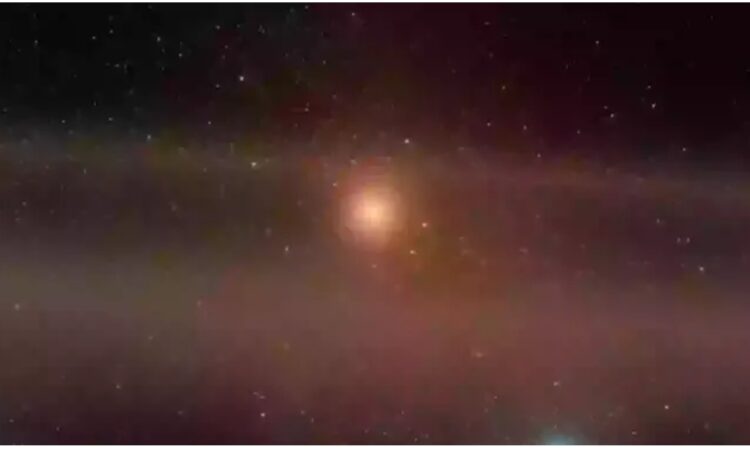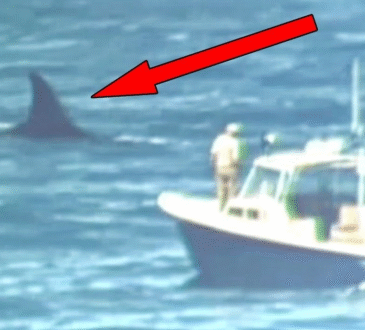Mysterious space object Harvard scientist claims is ‘not natural’ has just broken a terrifying record

Scientists have detected a new visitor from outside our solar system Comet 3I/ATLAS—and it’s moving faster than any other foreign object we’ve ever recorded.
It was first spotted on July 1 by the ATLAS survey system in Hawaii and is only the third known interstellar object to pass through our neighborhood in the past eight years, following ‘Oumuamua and Comet 2I/Borisov.
What makes Comet 3I/ATLAS remarkable is its incredible speed twice as fast as both of its predecessors and its potentially larger size. NASA’s Hubble Space Telescope has been tracking it, but scientists still don’t know exactly where it came from. David Jewitt from the University of California, who leads the Hubble observation team, compared it to “glimpsing a rifle bullet for a thousandth of a second” and said it’s impossible to trace its exact origin.
Based on current estimates, the comet’s nucleus could be anywhere from 320 meters (1,000 feet) to 5.6 kilometers (3.5 miles) across. For comparison, ‘Oumuamua was up to 1,000 meters long, and Borisov’s core was less than half a kilometer. Researchers think Comet 3I might have come from the “thick disk” of the Milky Way—a region above and below our galaxy’s spiral arms.
One unusual detail is that scientists aren’t detecting as much gas being released from the comet as expected. This lack of typical comet activity, combined with its unusual acceleration and trajectory, has led Harvard physicist Avi Loeb to suggest it might not be natural. Using his own “Loeb Scale” for assessing whether an object is artificial, he gave it a six out of ten—leaning toward the possibility that it could be engineered, perhaps even by an alien civilization.
Comet 3I will come within 210 million kilometers (about 130 million miles) of the Sun on October 30 and will be visible from Earth until next month, before briefly disappearing from view and returning in December. Observations will continue using space-based telescopes like James Webb, TESS, and Swift, as well as ground-based observatories, to measure its composition—especially how much water it contains—and to better understand this mysterious high-speed visitor.




